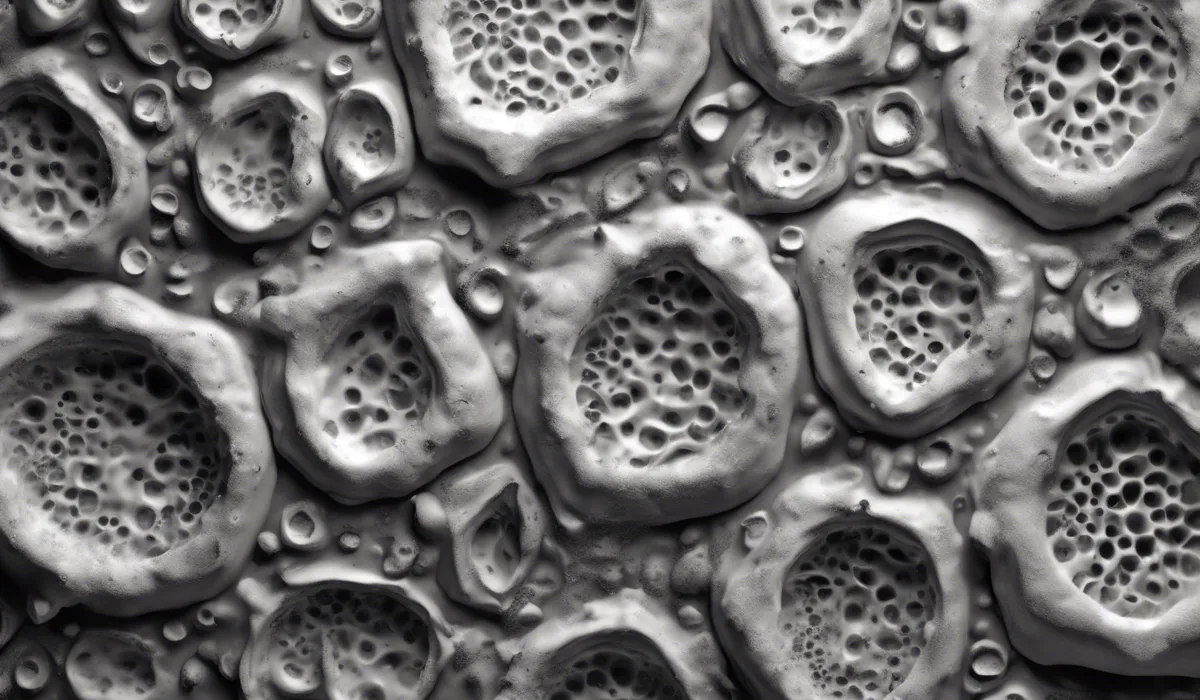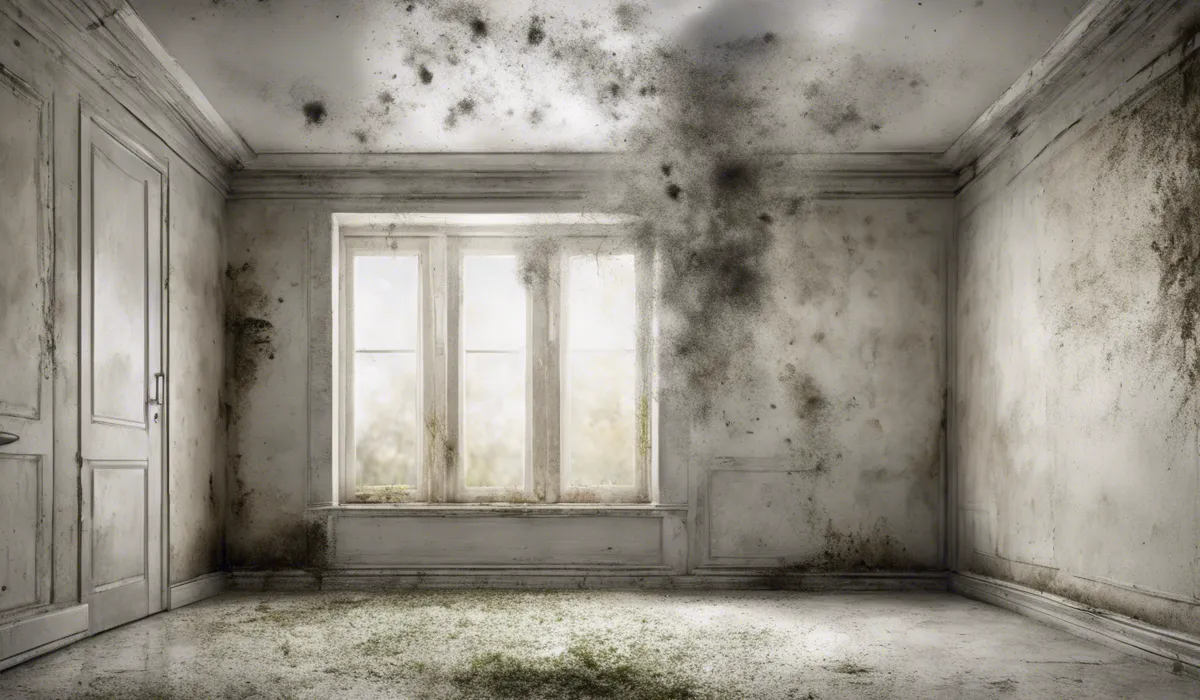To dry out mold, reduce humidity below 50% using dehumidifiers. Clean the affected area with a mold-specific cleaner. Ensure good air circulation with fans and keep the space dry to prevent mold regrowth.
Identifying the Presence of Mold

Understanding Mold and Its Impacts
Mold is a type of fungus that can grow indoors and outdoors in warm, damp, and humid conditions.
It reproduces through spores, which can be harmful to humans when inhaled, leading to health issues like allergies and respiratory problems.
Addressing mold growth is essential for maintaining a healthy living environment and preventing structural damage to your home.
Signs and Symptoms of Mold
Common signs of mold include visible growth on walls or ceilings, a musty odor, and excessive moisture or condensation.
Symptoms in residents can include sneezing, coughing, and headaches. Identifying these signs early is key to tackling mold effectively.
High-Risk Areas in Your Home
Areas like bathrooms, kitchens, basements, and laundry rooms are prone to mold because they typically have higher moisture levels.
Poor ventilation in these spaces can exacerbate the issue, creating an ideal breeding ground for mold.
Tools and Safety Gear for Mold Management
To detect mold, you’ll need tools like moisture meters and inspection mirrors. Safety gear, including gloves, goggles, and N95 masks, are crucial for protection during mold removal.
Effective Mold Removal Techniques

Safety Precautions and Area Preparation
Before removing mold, seal off the affected area to prevent spores from spreading. Wear protective gear to safeguard your health during the cleaning process.
Choosing Mold Removal Agents
There are natural solutions like vinegar and baking soda, as well as chemical options like bleach and commercial mold removers. Select the best fit for your needs and the surface you are treating.
Step-by-Step Mold Removal
Clean the moldy surface with your chosen agent, scrubbing away the mold. Dispose of any materials like sponges or cloths used in the cleaning process to avoid spreading spores.
Drying to Prevent Mold’s Return
After cleaning, thoroughly dry the area with fans or dehumidifiers to ensure mold does not regrow. Keeping the space dry is critical for long-term mold prevention.
When Professional Help Is Needed?
If mold covers a large area or you have health concerns, it may be best to seek professional mold remediation services.
Preventing Future Mold Growth

Regulating Humidity Indoors
Maintain indoor humidity levels below 50% using dehumidifiers and air conditioners to discourage mold growth.
Improving Airflow in Your Home
Use exhaust fans and open windows to improve ventilation, especially in areas like the bathroom and kitchen where moisture is common.
Cleaning and Maintenance Best Practices
Regularly clean surfaces prone to mold and promptly fix any leaks or water damage. This routine maintenance can prevent mold from taking hold.
Choosing Mold-Resistant Materials
When renovating or building, opt for mold-resistant drywall, paint, and flooring to reduce the likelihood of mold problems.
Monitoring for Water Damage and Leaks
Regularly inspect your home for signs of leaks or water damage. Addressing these issues quickly can prevent mold from developing.
FAQs About Drying Out Mold
How can I effectively reduce humidity to dry out mold?
To effectively reduce humidity to dry out mold, use dehumidifiers to maintain the humidity level below 50% in the affected area.
What type of cleaner should I use to clean mold?
Use a cleaner that is specifically designed for killing mold, which can often be found in home improvement stores or online.
Is air circulation important in drying out mold, and how can I improve it?
Good air circulation is crucial for drying out mold. Improve it by using fans to increase airflow in the affected area.
What should I do after cleaning to prevent mold from growing back?
After cleaning, keep the space dry by continuously managing humidity levels and maintaining good ventilation to prevent mold regrowth.
Can mold dry out and die without cleaning if I just reduce the humidity?
Mold may become dormant if the humidity is reduced, but without cleaning, it can still pose health risks and can regrow if the conditions become favorable again.
Final Thoughts
To effectively dry out mold, maintain humidity levels below 50% with dehumidifiers. Thoroughly clean areas with a designated mold cleaner and ensure continuous air flow using fans. Keeping the environment dry is crucial to hinder further mold growth.
